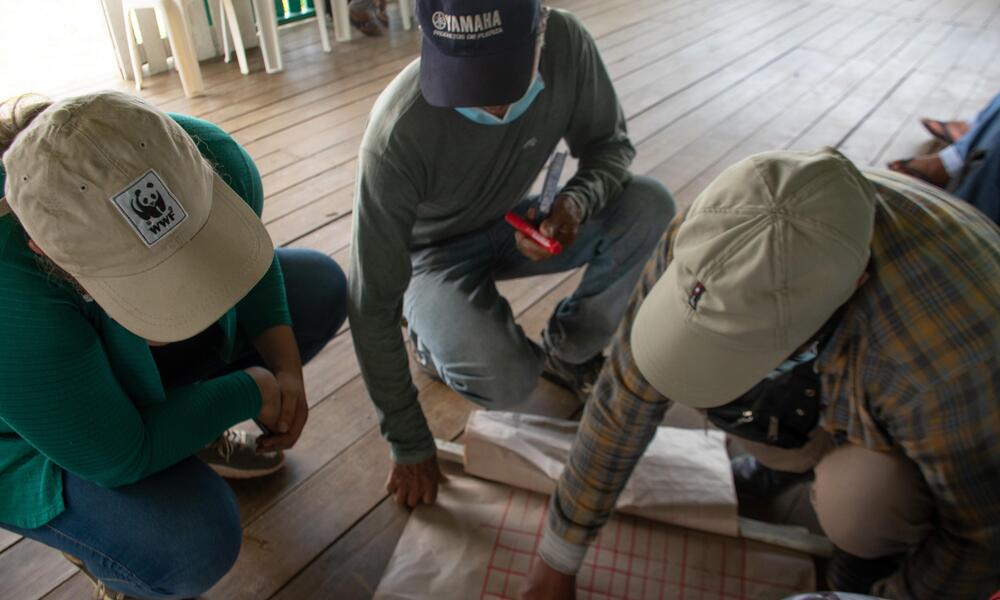Why are projects that do this successfully so difficult to find? Inclusive conservation is hard. Reforming past approaches—those that focused exclusively on the preservation of nature, often to the detriment of local communities—is challenging. But it’s worth it, and indeed, conservation may be destined to fail without it.
Overcoming distrust and a legacy of injustice does not happen overnight. One of the primary hurdles to inclusive conservation is a lack of trust between historically marginalized communities and conservation organizations, governments, or funders. In some cases, local communities have had their livelihoods impacted by conservation efforts and even been displaced in the process of creating protected areas. Transforming protected areas governance toward more inclusive conservation depends upon their ability to be designed and implemented around the values and needs of local people.
Yet local values are not fixed in time, they can be malleable to changing circumstances and incentives. For instance, the increase in the abundance of Colobus monkeys around the Jozani-Chwaka Bay National Park in Zanzibar, Tanzania is thought to be a direct result of shifting local values. As the community around this protected area began to value the species as a tourist attraction rather than a pest, they changed their behavior toward it and the Colobus monkey population flourished. When conservationists work with communities to understand and focus on the (in)direct values of nature to local people, we almost always see positive outcomes for both people and the planet.
Conversely, giving non-local values and voices too much weight can result in negative outcomes for an ecosystem and the local people that rely on it. Catering to the expectations of tourists who want to experience an imagined “pristine nature” devoid of humans, for example, can undermine inclusive conservation efforts. Values of tourists may need to be transformed through education and awareness-raising campaigns. Teaching tourists about the importance of people and communities embedded in biocultural landscapes and seascapes as both stewards and beneficiaries of those natural areas can go a long way in ensuring the success of conservation efforts.
While recognizing and respecting the diverse values of diverse actors who have a stake in nature is a precondition of just decisions, it can also make it more difficult to find common ground – especially when values clash. Different groups often have incompatible values and priorities, which can lead to conflict. For example, economic development may conflict with conservation goals. In these cases, additional training around conflict resolution and transformation may be necessary in order to find a sustainable and just path forward that works for all.
That path rarely involves shortcuts. Co-design and co-management of conservation projects take time and are expensive. Meaningfully engaging with local communities means working with communities to support their vision throughout the project’s lifecycle, from planning and design to implementation and monitoring. While conservation practitioners often understand the value of this holistic approach, it can be challenging to find the necessary funding for these kinds of projects. It’s critical that all funders fully support and prioritize the health and development of people alongside the protection of nature.
People are a part of nature. To make inclusive conservation the norm, we must accelerate the paradigm shift that recognizes the intertwined and complex relationship between people and nature. This means conservationists need to get comfortable with seeing people and signs of people—such as livestock, settlements, and agriculture—in protected areas. Shifting norms and changing perspectives within the conservation community may be difficult, but it’s critical to moving in the right direction.

